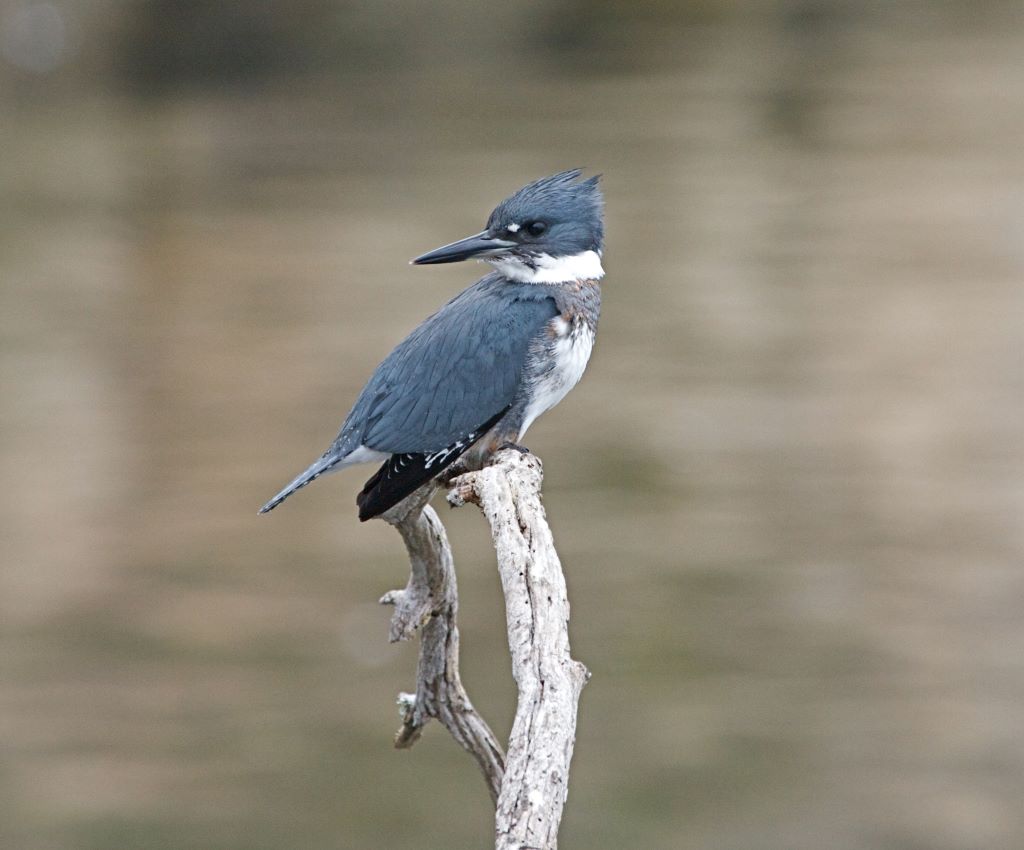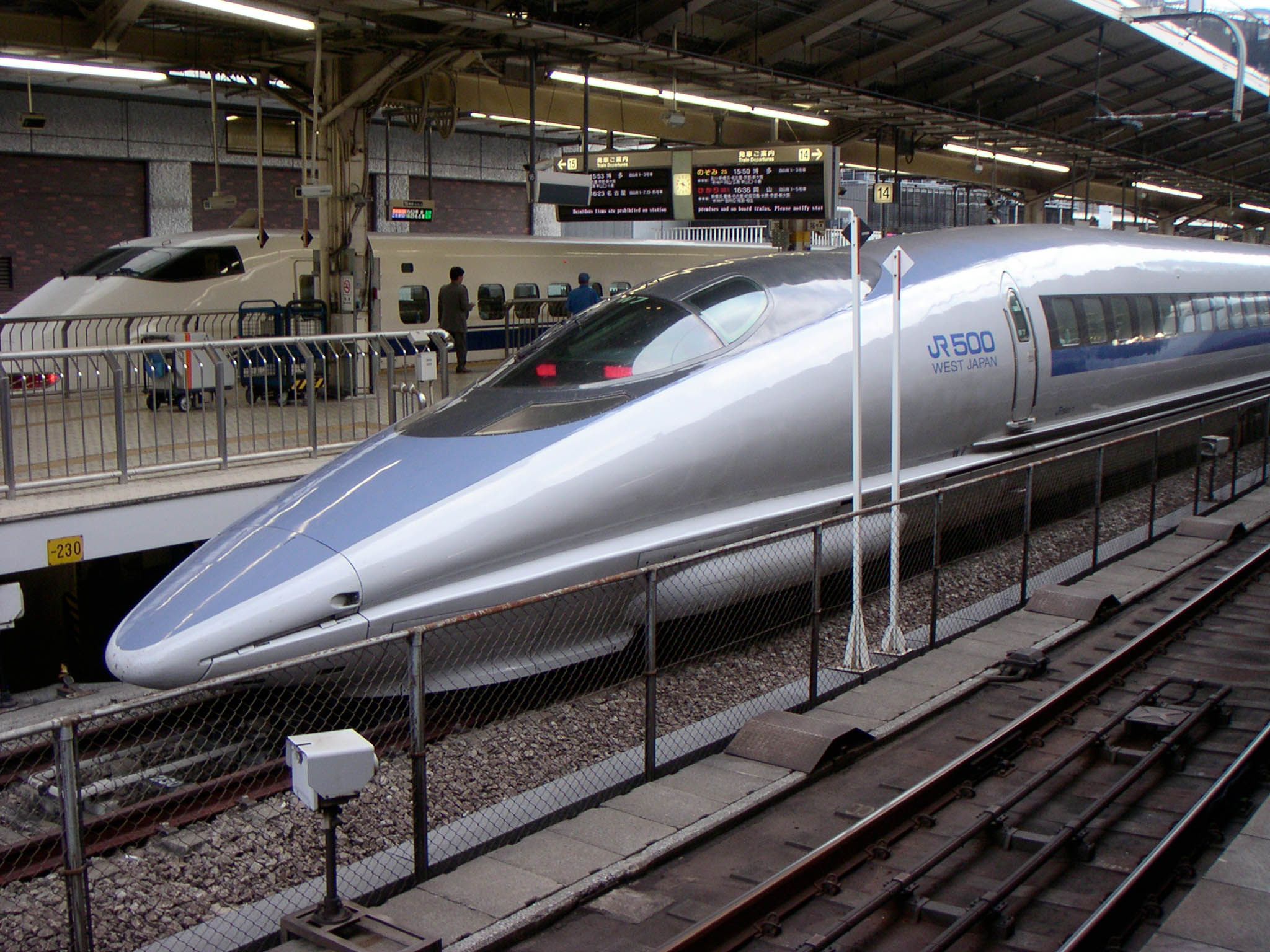
The Belted Kingfisher is most often seen flying along or above creeks as it makes its distinctive, raucous, chattering call, ( see here) but it can also be spotted above any body of water as it searches for likely prey. It plunges into the water headfirst to capture fish, its preferred food, but it will also take frogs, crustaceans, small mammals, and large insects. The kingfisher typically hovers before diving vertically into the water although they rarely go under. If successful, they will return to their perch and beat the fish or other prey against a branch to soften it. Sometimes they will throw the prey into the air to reorient it for easier swallowing. Like owls and hawks, kingfishers regurgitate pellets of indigestible material. Kingfishers, once called king-fishers, were named for their expertise in catching fish. Although they can fish in turbid water they prefer fairly clear water in order to see their prey so they are more common along creeks than around more turbid rivers or lakes.

The kingfisher beak is shaped perfectly to slice through the water with a minimum of disturbance, which is why Japanese engineers modeled the nose of their high speed bullet train on the kingfisher beak!
A medium-sized bird, its shaggy crest and large head make it nearly impossible to confuse with any other bird. Both male and female have a crest, are grayish blue on the back, and the wings and head and have a band of gray across their white chest. Belted Kingfishers show reverse sexual dimorphism, meaning that the female is more brightly colored than the male as she has in addition to the gray chest band a rusty colored band, or “belt,” across her lower belly.
Belted Kingfishers are usually seen by themselves except during breeding season. They will defend a linear territory along the banks of a stream and defend it vigorously. After pairing up, the male and female spend nearly a week excavating a tunnel, up to eight feet long, in the sandy or clay bank of a river or stream at the end of which five to eight eggs are laid. They begin digging the nest hole with their beak but as soon as they can enter it they dig the rest of the soil out with their feet, helped by two fused outer toes. The parents feed the young regurgitated food for about a month after hatching and then lead the young out of the burrow. But it is another three weeks before they can feed on their own. The tunnel is mostly horizontal but slopes upward to minimize the possibility of flooding. Young kingfishers often leave the nest before they are ready to face the hazards of living above a river and fending for themselves, and up to half of a brood may drown shortly after fledging.
Belted Kingfishers are found all over North America and although most are not migratory, some do move south for the winter as far as South America. The only other kingfisher in the U.S. is the Green Kingfisher, found in southern Texas. We are a bit deprived in that the world has 93 species of kingfishers and Uganda alone has 13.